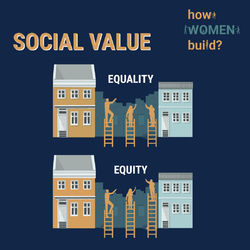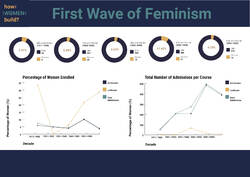Skills:
This research project will provide an opportunity for the BA and MLA1 students to expand their current knowledge on feminist principles within architecture, landscape and
This research project will provide an opportunity for the BA and MLA1 students to expand their current knowledge on feminist principles within architecture, landscape and
Posted 1 Mar 2021 17:10





















